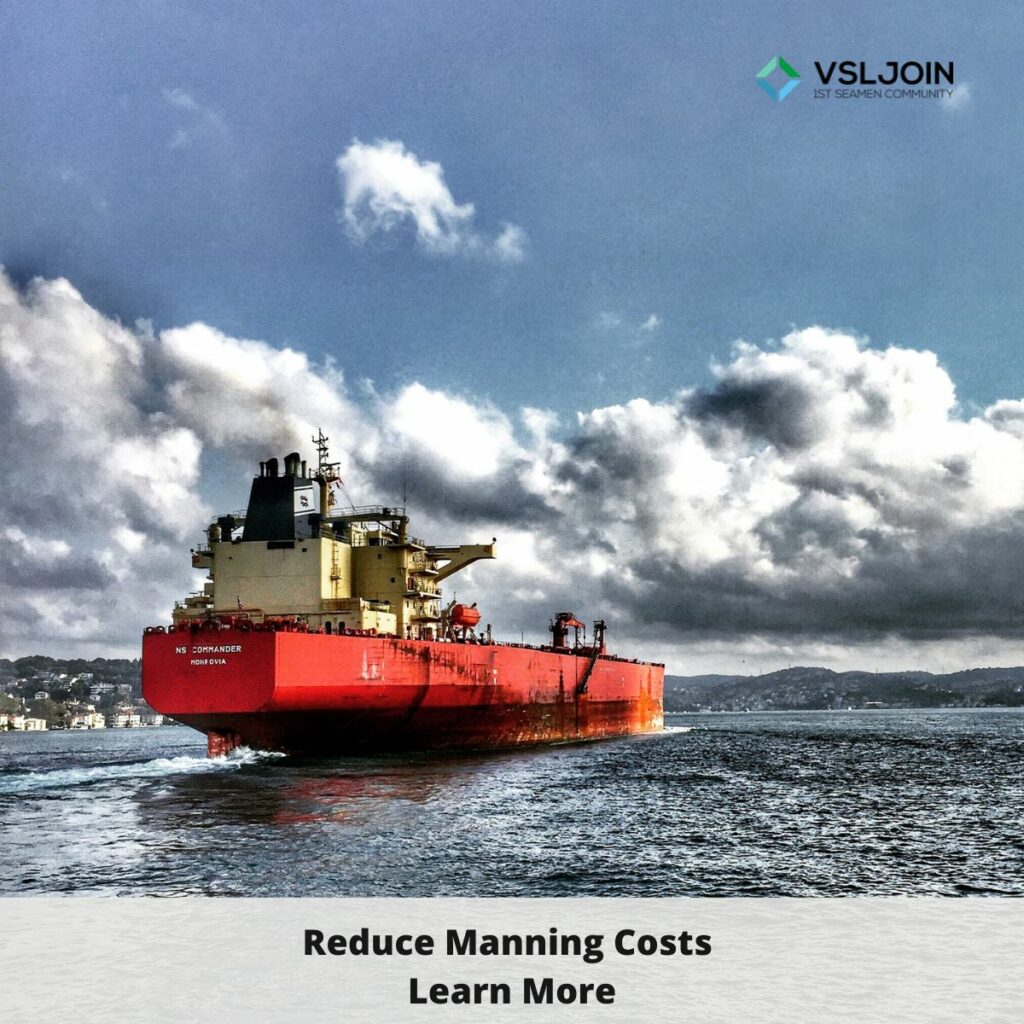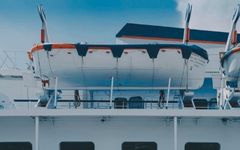Crew Change Complications & Solutions in Shipping
Seafarers play a vital role in maintaining global trade and connecting economies across the world. However, the ongoing COVID-19 pandemic has created significant challenges in the shipping industry, particularly when it comes to crew changes. The crew change process, a crucial aspect of seafaring operations, has become increasingly complex due to various restrictions and regulations. In this article, we will explore the complications surrounding seafarer crew changes and discuss strategies to ensure smoother transitions amidst these challenging times.
Understanding the Importance of Crew Change
Crew changes are essential for maintaining the physical and mental well-being of seafarers, as extended periods at sea can lead to fatigue, stress, and decreased job performance. Regular crew changes enable fresh personnel to come on board, ensuring safety, efficiency, and the overall smooth functioning of vessels. However, several factors contribute to the existing complexities of crew changes.
Impact of COVID-19 on Crew Changes
The COVID-19 pandemic has had a profound impact on the crew change process. Travel restrictions, quarantine measures, and varying health protocols across different countries have made crew changes difficult to execute. Seafarers often face challenges such as extended contracts, limited shore leave, and increased isolation due to these restrictions. Additionally, the unpredictability of the pandemic poses logistical challenges, further exacerbating the crew change complications.
Changing Regulatory Landscape
The regulatory landscape surrounding crew changes is constantly evolving. Different countries have implemented their own sets of regulations, including health protocols, immigration requirements, and quarantine measures. The lack of consistency and frequent changes in these regulations can create confusion and challenges for shipping companies in ensuring compliance and organizing crew changes efficiently.
Fluctuating Flight Availability and Costs
The availability and cost of flights for seafarers can be unpredictable, especially during times of travel disruptions and reduced airline schedules. Limited flight options and increased ticket prices can hinder crew changes and pose financial burdens on shipping companies, particularly for vessels operating in remote locations or areas with limited transportation infrastructure.
Documentation and Administrative Processes
Crew changes involve extensive paperwork, including visa applications, health certificates, and crew lists. Navigating through complex administrative procedures can be time-consuming and prone to errors or delays, which further complicates the crew change process. Inconsistent requirements and documentation procedures across different jurisdictions add to the administrative challenges faced by shipping companies.
Crew Certification and Training
Seafarers are required to hold valid certifications and undergo training to comply with international maritime regulations and industry standards. However, the availability of training facilities, certification renewal processes, and access to training courses can vary across different regions. Ensuring that crew members have up-to-date certifications and training records can be a logistical challenge during crew changes.
Crew Repatriation and Replacement
Coordinating the repatriation of seafarers to their home countries and arranging replacements to join vessels require efficient planning and coordination. Delays in repatriation or finding suitable replacements can result in extended contracts, fatigue, and reduced crew morale. Additionally, language barriers and cultural differences can further complicate the process of integrating new crew members into existing teams.
Mental Health and Well-being
Extended periods at sea and limited shore leave opportunities can have adverse effects on the mental health and well-being of seafarers. Crew changes offer a crucial opportunity for seafarers to rest, reconnect with their families, and address any mental health concerns. Complications in crew changes can exacerbate the mental strain on seafarers, leading to decreased job performance, increased accidents, and higher turnover rates.
How Can Crew Changes Get Easier
Standardized Protocols
Developing standardized protocols and guidelines for crew changes can help simplify the process. International organizations such as the International Maritime Organization (IMO) can play a crucial role in establishing common standards that ensure consistency and clarity across different jurisdictions.
Streamlined Immigration and Visa Processes
Enhanced Digital Solutions
Leveraging digital technologies can streamline administrative tasks and documentation associated with crew changes. Online platforms like Vesseljoin can help you to post jobs, find available seafarers immediately, streamline your access to CV/Visas or other documents, and send manning requests online while reducing paperwork time and costs.
Hence, simplifying and reducing manning costs can help crew managers to find the right candidate faster. If you are interested to find easily seafarers, streamline your hiring process and reduce your manning costs contact us to learn more.

Harmonized Health Protocols
Harmonizing health protocols related to COVID-19 and other infectious diseases is essential for smoother crew changes. Consistent testing requirements, quarantine guidelines, and vaccination protocols across different countries can facilitate the movement of seafarers and reduce uncertainties and complications.
"Safe Corridors" and Dedicated Travel Lanes
Establishing designated travel corridors or lanes specifically for seafarers can facilitate smoother crew changes. These corridors would ensure that seafarers have streamlined access to airports, seaports, and transit points without unnecessary delays or restrictions.
Increased Collaboration and Communication
Enhancing collaboration and communication between shipping companies, maritime authorities, governments, and international organizations is crucial. Regular dialogue, sharing of best practices, and coordination can lead to better understanding and implementation of crew change procedures, minimizing complications and disruptions.
Training and Education
Providing comprehensive training and education to shipping company personnel, port authorities, and seafarers on crew change protocols can improve compliance and efficiency. Increasing awareness about the importance of crew changes and equipping stakeholders with the necessary knowledge and skills can contribute to smoother transitions.
Seafarer Welfare Initiatives
Prioritizing seafarer welfare through initiatives such as improved living conditions onboard, access to mental health support, and regular communication with families can enhance the overall crew change experience. Happy and well-cared-for seafarers are more likely to perform their duties efficiently and maintain high job satisfaction levels.






